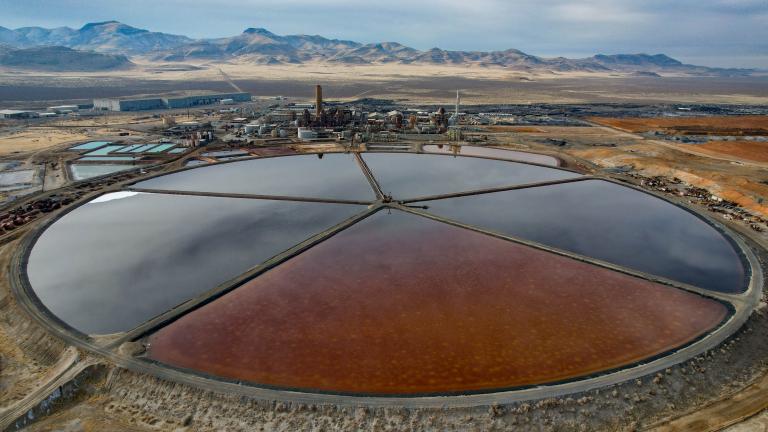Biobutanol, anaerobic digestors, hydrogen, wind, solar, fuel-cell, and plug-in electric vehicles — there’s a seemingly endless list of alternative power sources at all stages of development … in Ohio.
Yes, Ohio, where images of rust belts, factory closings, and rising unemployment too often come to mind. The Pew Charitable Trusts have recognized the state as one of the nation’s most successful new energy job-generators. The nation’s breadbox is transforming itself into America’s fuel pump — and not a moment too soon for our economy and environment.
There’s a rich irony to Ohio and the Midwest winning the sustainable transportation race. We all recognize the fact that cheap fossil fuels have been a major cause of American manufacturing jobs loss. The technological breakthroughs, trade liberalization, and economic and political realities that have flattened the world have been largely driven by low energy costs. For example, iron ore mined in Brazil is shipped to China, where finished steel is produced and then shipped to the U.S. and other global markets for sale and use.
So, in effect, rising fuel prices represent good news for American manufacturing. At some point the cost of bunker fuel — the fuel oil used in shipping, which has increased by more than 400 percent since 1999 — surpasses the benefit of using overseas labor. And as automation makes processes less labor intensive, energy costs become an even greater factor. In our most advanced steel-making plants, one ton of finished steel requires less than one hour of labor. Increased fuel costs have already led to China losing its competitive edge. Between July 2007 and March 2008, Chinese exports to the U.S. fell by 20 percent, while U.S. steel production increased 10 percent.
Transportation costs have the same effect as an import tariff on goods from overseas. Between 2004 and 2008, when oil prices went from $30 to more than $130 per barrel, transport costs increased by a factor of three. If one were to express this as a tariff, the increase would offset all of the trade liberalization of the last 30 years.
High energy costs won’t save all of the manufacturing jobs in our towns and cities. But real innovation and an entrepreneurial spirit will capitalize on the new opportunities afforded by a greener economy. That’s why Ohio State University, for example, has more than 300 researchers from seven colleges and the John Glenn School of Public Affairs working to find new energy solutions, collaborating closely with private-sector partners on a wide array of alternative fuels and processes.
While some may see high fossil-fuel prices as the bane of our collective existence, we in Ohio see an opportunity for American ingenuity to develop smarter alternatives to oil and coal. Ohio doesn’t have the silver bullet, but it does have silver buckshot. Now is the time to break free from our dependence on energy sources of the past. And the rising costs of oil and gas will accelerate our nation’s transformation to a clean energy future.
Gregory N. Washington is interim dean of the Ohio State University College of Engineering, and host of Moving Ahead 2010: Sustainable Transportation Solutions for the 21st Century.


